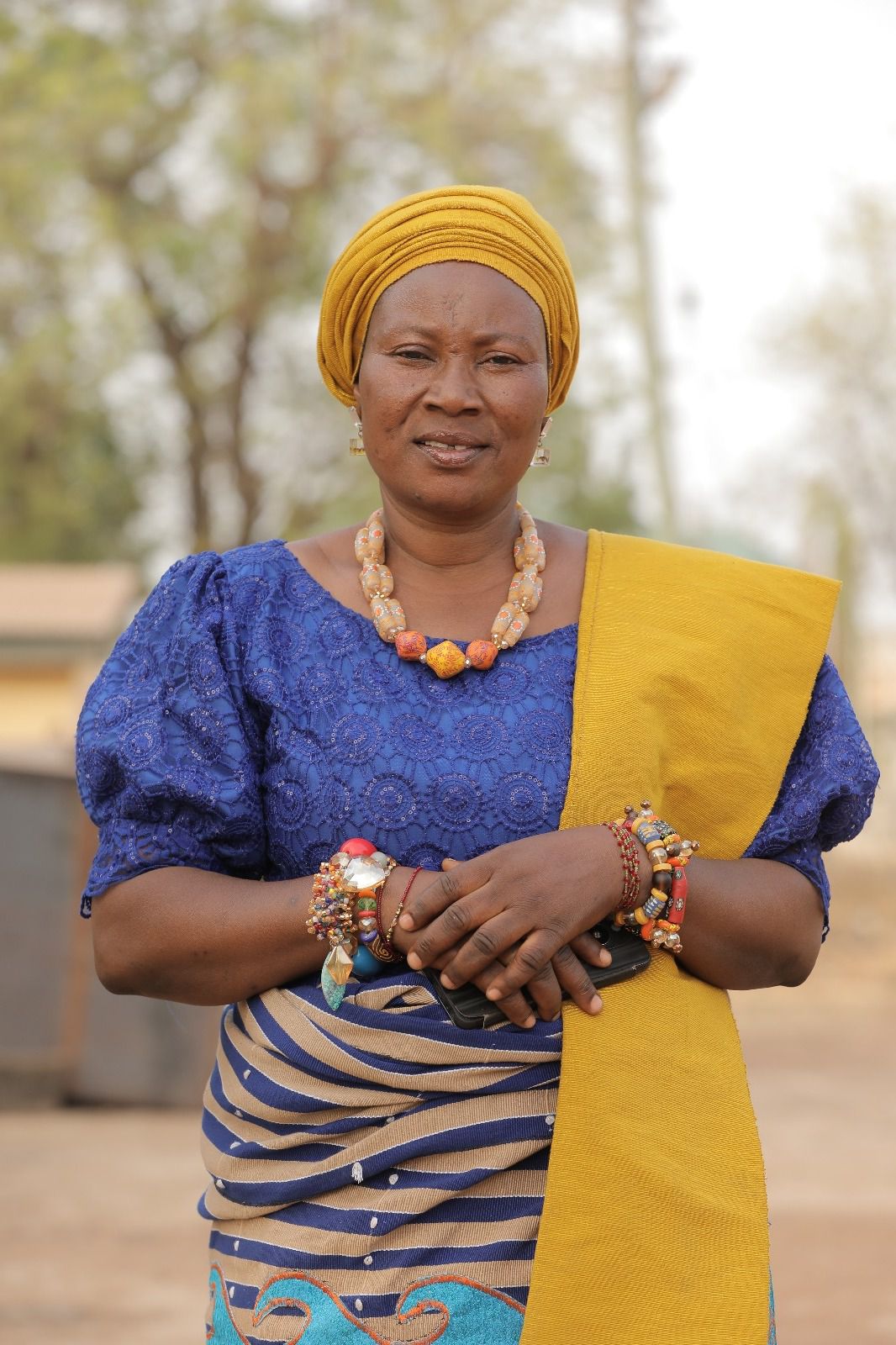
By Jeffrey FRANKEL
“Don’t it always seem to go, that you don’t know what you’ve got ‘til it’s gone.” When Joni Mitchell sang that line in 1970, she was lamenting the destruction of the environment, but the sentiment applies to many issues. Today, we can add official development assistance (ODA) to the list.
For some 80 years, the United States spent more on humanitarian assistance, economic development programs, and other types of foreign aid than any other government.
In the 2023 fiscal year, the US government disbursed $72 billion, with much more coming from private NGOs and individual citizens.
But the US does not spend the most as a share of its income: by that measure, the US contributes just 0.24% – a quarter of what northern European countries give – putting it in 24th place globally.
Moreover, foreign aid accounts for just 1% of total US government spending – a far cry from the 25% many Americans believe the US allocates.
Many Americans, including some prominent scholars, believe that foreign aid has a negligible impact, with some, such as Dambisa Moyo and William Easterly, arguing that it does more harm than good.
Critics highlight examples of misguided aid programs falling prey to mismanagement, government overreach, or corruption, including Vietnam in the 1960s, Zaire in the 1980s, and Afghanistan in the 2000s.
While some economists, such as Paul Collier, insist that foreign aid is useful – especially when certain conditions are met – the dominant message seems to be that foreign aid is suspect.
But now foreign aid is gone, or at least going fast. Soon after Donald Trump returned to the White House, his administration – and, in particular, his unelected billionaire crony Elon Musk – began frantically dismantling the US Agency for International Development (USAID). Almost immediately, reports began flooding in: what was being defunded were often life-saving, high-return projects.
Since George W. Bush launched the President’s Emergency Plan for AIDS Relief in 2003, the program has saved millions of lives from HIV and AIDS, especially in Africa. The President’s Malaria Initiative has prevented two billion cases of malaria over the last 20 years, and halved the mortality rate.
Gavi, the Vaccine Alliance, which receives US government support, has vaccinated more than a billion children against measles, diphtheria, tetanus, whooping cough, and other potentially fatal diseases, preventing an estimated 19 million deaths.
Polio has been eliminated in all but two countries, and smallpox has been eliminated everywhere. These efforts have contributed to a steep decline in child mortality globally: today, 4% of children die before their fifth birthday, compared to 40% a century ago.
Foreign aid also enabled the development and diffusion of improved crop varieties, as well as synthetic fertilizers, new pesticides, and modern irrigation, in the second half of the twentieth century.
This so-called Green Revolution in agriculture doubled cereal crop yields in Asia; enabled many countries, such as India, to become self-sufficient in food; and raised incomes in many developing economies. This contributed to a reduction in infant mortality by 2-5 percentage points, from a baseline of 18%, in the developing world.
The US Marshall Plan achieved spectacular success in helping European economies recover from World War II, and in laying the groundwork for 80 years of relative global peace and prosperity.
More recently, foreign aid has played a pivotal role in enabling Ukraine to withstand the worst attack on a European country’s sovereign territory in the postwar era.
The US reaps massive benefits from the aid it provides. One need only recall the COVID-19 pandemic to see that participation in global health initiatives is not pure charity, especially when it comes to infectious diseases like Ebola, HIV/AIDS, and Tuberculosis.
More fundamentally, international assistance – including for causes like disaster relief and support for human rights and democracy – has been a pillar of US soft power.
And that soft power has been at least as important as military might – which costs far more to maintain – in sustaining US global leadership since the Cold War. But now the Trump administration is assiduously undermining it – to China’s benefit, no doubt.
The effect of foreign aid on economic growth is difficult to quantify, because so many other causal factors are involved. Moreover, much of US aid is designed to advance political or military objectives. The top recipients of US foreign aid, after Ukraine, are Israel, Jordan, and Egypt.
Nonetheless, we know that reduced morbidity and mortality, and improved nutrition, can boost an economy’s performance. It thus stands to reason that foreign aid is a contributor to development, even if not the most important one.
The US undoubtedly benefits from having more developed, higher-performing trading and commercial partners.
Why, then, has the pessimistic view of foreign aid dominated public discourse for so long? One explanation is that the pessimistic view of everything – especially what governments do – has prevailed for years.
A 2018 survey showed that a substantial majority of people in rich countries believed that the child-mortality rate in poor countries had either risen or stayed the same over the previous 20 years; in fact, child mortality had been halved.
And a whopping 80% of people in rich countries believed that the share of people in extreme poverty had either plateaued or risen, even though it fell steeply from 1990 to 2013. If people are so wrong about these trends, how can they possibly know about the role foreign aid played in driving them?
Of course, foreign aid has its flaws and limitations, including instances of inefficiency, mismanagement, or unintended side effects. But whatever the limitations of foreign aid in the past, it is clear that Trump’s destructive approach is making things far worse.
Jeffrey Frankel, Professor of Capital Formation and Growth at Harvard University, served as a member of President Bill Clinton’s Council of Economic Advisers. He is a research associate at the US National Bureau of Economic Research.
The post Foreign aid looks good now that it’s gone appeared first on The Business & Financial Times.
Read Full Story

















Facebook
Twitter
Pinterest
Instagram
Google+
YouTube
LinkedIn
RSS